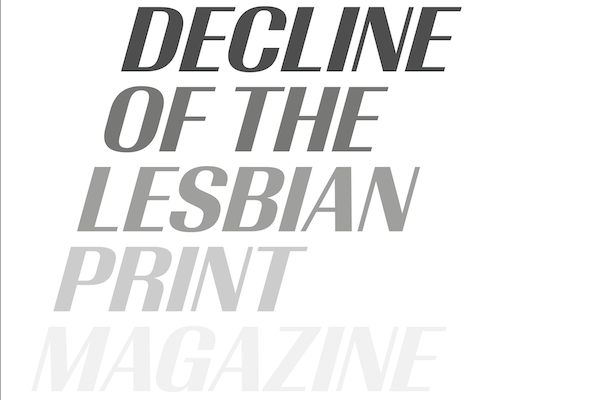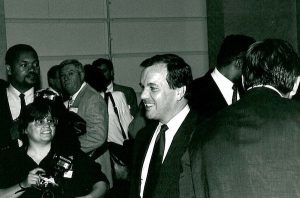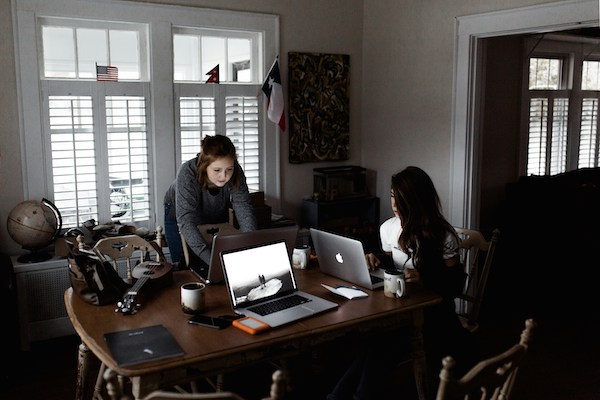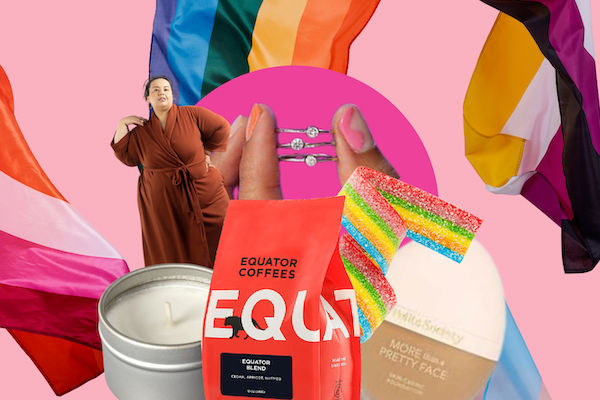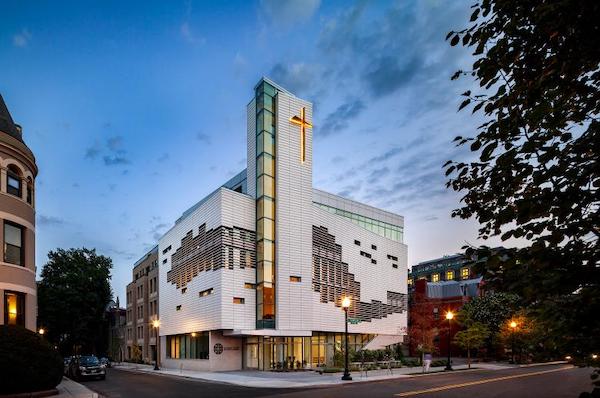
The L Word: Gen Q Returns in November with #Tibette Drama
September 22, 2022
LGBTQ+ Representation in Bachelor Nation: What’s Happened & What’s Next?
September 23, 2022Rivendell CEO Todd Evans, whose company represents LGBTQ+ publications, noticed an unprecedented climb. “In 2019 when there’s all this doom and gloom against print media, circulation was up five percent. Really, I mean it was literally unheard of,” Evans says. “Circulation has held steady, even through COVID.”
When the pandemic confined people in their homes, LGBTQ+ readers turned to print, especially those in prominent gayborhoods.
“When you’re seeking community, when you’re out taking a walk during COVID — that’s why the boxes ended up being empty,” Evans says. “People were looking for community, and it’s a physical community.”
Still, publications specifically catering to lesbians and queer women are on the decline. As Tagg Magazine celebrates its tenth anniversary, it’s hard not to grapple with the fact that Tagg is one of only two queer women’s print publications left in the country.
A catalogued list by AutoStraddle compiled 38 archived lesbian publications, few of which made it past the 10-year mark. New lesbian magazines popped up from the early 70s to late 80s, but only about a dozen remained by the time Tagg was born in 2012.
The earliest examples of queer women’s publications in the United States were The Ladder, created in 1956 by lesbian organization the Daughters of Bilitis, and Vice Versa, printed only 10 times beginning in 1947 by a woman using the pseudonym “Lisa Ben.”
Today, some existing lesbian publications include Lesbian News, Curve Mag, Autostraddle, Nonchalant Magazine, Diva Magazine, LOTL, and GO Magazine, the final being the second of the two remaining print magazines besides Tagg.
Tracy Baim is a journalist best known for founding LGBTQ+ Chicago paper Windy City Times. She’s also the author of “Gay Press, Gay Power,” a book that examines the history of LGBTQ+ newspapers and magazines in the United States. What she’s witnessed over the past decade is an increase in lesbian content like podcasts, blogs, and newsletters but a decrease in news and culture journalism, especially in print.
“My biggest worry is for historical purposes,” Baim says. “The documentation getting lost when somebody’s website shuts down, and it hasn’t been archived at a library in a way that’s going to be accessible for the next generation.”
Following The Money: Funding lesbian print publications
Some of this does trace back to the roots of mainstream LGBTQ+ press. LGBTQ+ readership historically leans male by about 85 percent, unless the magazine is owned and operated by a lesbian publisher, Evans says.
When the National Gay Newspaper Guild conducted surveys of LGBTQ+ readers in the late 80s and early 90s, their findings helped fund publications catering to this gay male audience even more. The surveys closely targeted gay men, and found that their incomes were higher than the national average. A new market with new possibilities was born.
“I always felt that the lesbian market suffered more from prejudice than the gay men’s market did,” Evans says. “And a lot of that was just because of dollars; that biased, male misogynistic view that men earn more money in general without ever looking deeper into the statistics.”
Baim also sees the decline of lesbian press in dollar signs, but links it to mainstream publications tackling LGBTQ+ coverage in their daily news cycle. “There’s been co-optation of some of our voices into mainstream outlets that saw that there was a dollar there to reach the gay community,” she says.
Perhaps this is because more U.S. adults identify as LGBTQ+ today. When Tagg was founded in 2012, 3.5 percent of adults self-identified under the rainbow. Today, the same Gallup poll found that 7.1 percent of American adults belong to the LGBTQ+ community. Nearly 21 percent of Gen Z identify as LGBTQ+, the poll also found.
Funding a print publication through a subscriber base is another one of the main hurdles in sustaining LGBTQ+ magazines. Publications tend to have more luck with advertisements.
“LGBT people still face a lot of discrimination,” Evans says. “Even today, they still don’t want to get on subscribers lists.”
Fundraising is a tried and true method of raising money for the media, but other outlets have begun to test new models. In 2021, the Local Media Association launched News Is Out, a queer media collaborative funded by the Google Innovation Challenge aiming to sustain and fund queer publications. Six outlets, including Tagg and the Windy City Times, participate in the collaboration.
This new model may hold the key to increasing lesbian media in the coming years.
“There’s so few now, it’s very hard to say what it’s going to take for them to survive,” Baim says. “I think if we can get some new funding models — foundations and memberships and other kinds of ways to get resources in, it could sustain where it’s at.”


